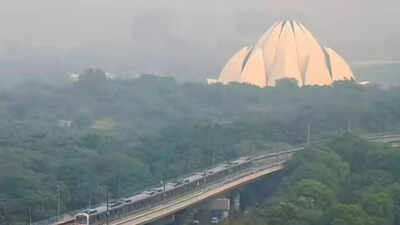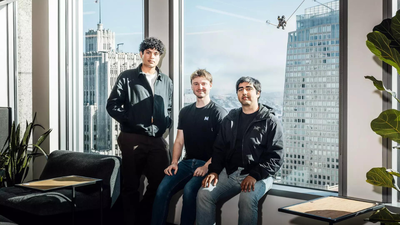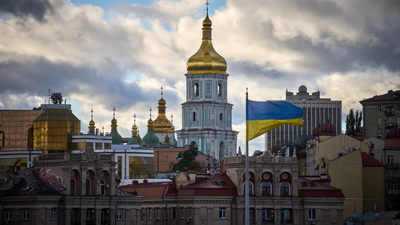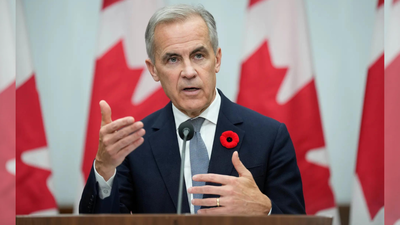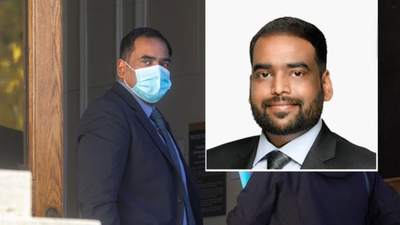
NEW DELHI: Delhi’s air quality worsened sharply on Saturday, slipping into the ‘very poor’ category with an overall Air Quality Index (AQI) of 303, compared to 218 recorded a day earlier. Experts warned that respite is unlikely as the city enters its most polluted fortnight of the year.
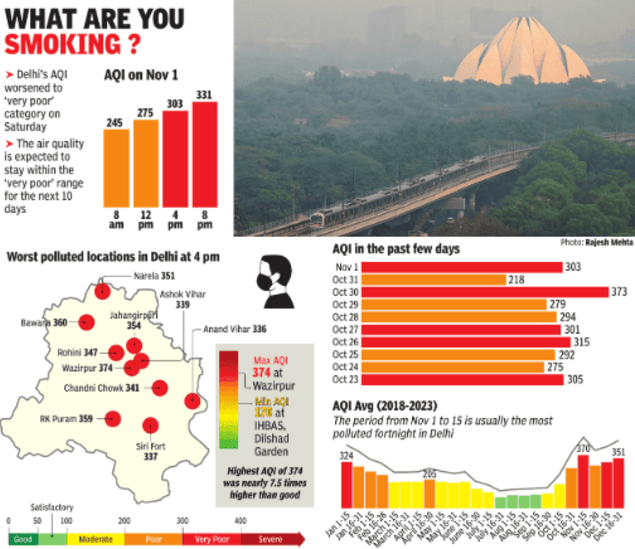
Delhi AQI hits ‘very poor’
According to an analysis by the Delhi Pollution Control Committee (DPCC), the period from Nov 1 to 15 has typically been the most polluted in the Capital, with an average AQI of 371 between 2018 and 2023. This phase coincides with peak stubble burning, heavy festival traffic and unfavourable weather conditions that trap pollutants close to the ground.
Last year, Delhi recorded eight ‘severe’ air quality da-ys (AQI above 400) in Nov — six of them between Nov 1 and 15. This year, Diwali was celebrated earlier, on Oct 20, but pollution levels are already climbing. Gufran Beig, founder of the System of Air Quali-ty and Weather Forecasting and Research (SAFAR) and chair professor at the National Institute of Advanced Studies (NIAS), said peak stubble burning has been delayed by about a week due to flooding in Punjab. “Though Nov 1–15 is usually the most polluted period, the intense burning events are yet to take place,” he said. “The weather has not turned very cool yet, which is actually beneficial — low temperatures slow the dispersion of pollutants.” The Decision Support System (DSS), which tracks pollution sources across the National Capital Region, estimated that stubble burni-ng contributed only 1.6% to Delhi’s PM2.5 levels on Friday. So far this season, the highest contribution was 5.8% on Oct 28. Anumita Roychowdhury, executive director (research and advocacy) at the Centre for Science and Environment (CSE), said the current spike in pollution despite minimal stubble-burning impact points to local and regional pollution sources. “This shows the strong role of vehicular emissions, construction dust and waste burning,” she said. “We need sustained, year-round measures to control these sources,” she added.The Air Quality Early Warning System under the Union ministry of earth sciences forecast that the air will remain in the ‘very poor’ range from Nov 2 to 10, with no significant improvem-ent expected. The DPCC’s data also shows that the second most polluted fortnight is from Dec 15–31 (average AQI 354), driven by winter fog, heavy traffic and festive activity, while the third most polluted is Jan 1–15 (average AQI 324). In contrast, the cleanest air is typically recorded during July and Aug, aided by rainfall.
